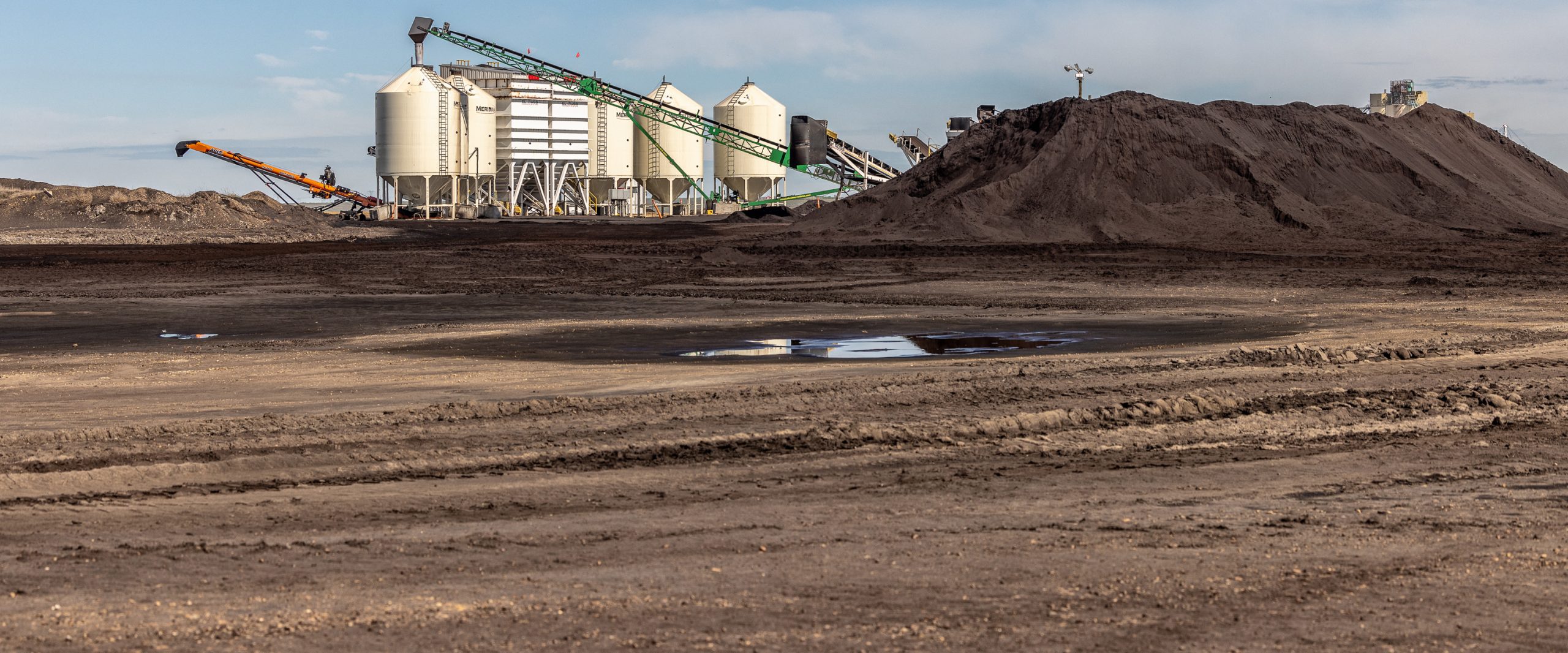Humic products may have had a checkered history in Canada, but solid, replicated research shows that humalite can be a game changer for farmers wanting to improve the soil they rely on.
As the saying goes: everything old is new again. Humic products are very old, both in terms of geological age, and as a farm input. But despite over 30 years of research showing the benefits, humics have never really taken off in Canada and that’s something Black Earth is hoping to change.
“It’s the nature of agriculture,” says Brandon Hodge, manager of marketing and international sales with Black Earth. “With the pressure to perform and our shorter seasons here, farmers go with what they know works for them.”

While he doesn’t fault them one bit for relying on a trusted mix of crop inputs to improve crop performance, he says there’s a role for humalite in that mix that farmers should consider.
That’s because crop performance is as much about soil health as it is about seed selection, fertilizer choice and the host of other production decisions a farmer makes. A century and more of farming has asked a lot of the soils throughout Western Canada, says Hodge, so there is a renewed focus on soil health and farmers’ willingness to take a closer look at humics in general, and humalite in particular.
But they have questions. “The worry for most farmers is around efficacy,” says Hodge. “They compare humalite to fertilizer and ask, ‘where’s the yield?’ But it’s not a fertilizer.”
Indeed, humalite is an almost totally pure source of humic acid, an organic soil amendment that helps to rebuild and foster microbial activity in soil. “Humalite is about improving the productivity of the land you have,” says Hodge.
From ancient sediment to modern farms
The term “humic substances” refers to the three main fractions: humic acid, fulvic acid, and humin – complex organic components derived from the decomposition of ancient plant and microbial biomass. “Humics act as a carbon source,” says Justin Miller, Black Earth’s director of sales, North American Agriculture. “It’s organic matter that feeds the biology of the soil.”

Humalite is one of the purest of all these substances. At 85 to 90 per cent humic acid, humalite is one of the most concentrated sources of humic acid on the planet, and Black Earth has one of the largest humalite reserves, located near Hanna, Alberta.
Hodge explains that humalite was once viewed as a byproduct of coal mining—essentially a low BTU form of coal with limited industrial use. Derived from ancient freshwater sediments, humalite has a natural moisture-retaining quality, low pH, is low in ash and heavy metals and is extremely high in humic content.
Today, Black Earth has transformed this once-overlooked natural resource into a cornerstone of soil health innovation. The humaLITE family, Black Earth’s line of granular humic products, anchors their broader suite of essential humic solutions designed to improve soil function and crop performance. As a vertically integrated, mine-to-market company, Black Earth maintains full quality control from extraction to delivery, providing Canadian-mined and Canadian-made products tailored for Canadian soils.
Both Miller and Hodge say the end product, sold as humaLITE, is incredibly unprocessed. It comes out of the ground as a large granule, it’s dried on a fluid bed dryer and lightly crushed, screened and bagged – that’s it. It’s pure humalite ready to be used.
The science of humaLITE
So, what exactly does humaLITE do, how do you apply it and what can you expect from it?
Miller and Hodge understand that farmers have questions, which is why Black Earth is working with the University of Alberta (U of A) and numerous other Canadian researchers who are looking into the agronomic qualities of Humalite and how it works to improve soil health and plant growth. Black Earth is also working with farmers across the Prairies who are using Humalite to gain feedback around ease of use, efficiency and ultimately, ROI.
The U of A work is showing that Humalite improves nutrient efficiency, which can lead to reduced fertilizer rates.
“By introducing organic matter via Humalite into the soil we are increasing the cation exchange in soils, which allows them to hold onto nutrients longer,” says Miller. That, in turn, can lead to reduced fertilizer application, which can mean substantial savings for farmers. “The preliminary data indicates we’re looking at a 10 to 20 per cent reduction in nitrogen application,” he says.
Miller explains that Black Earth has worked hard to make it easy for farmers to apply Humalite through their air seeders. “Our whole philosophy is that we’re not asking them to do something unique,” he says.
Most farmers add the product to their inoculant tanks and the Humalite granule just flows down the tube to the seed bed, exactly like a granular inoculant. It can also be simply broadcast in front of the crop. How much you apply depends on the soil you have.
“Rates are soil-based, not crop-based,” says Miller. “Humalite aligns with lower organic matter soils that are under four per cent organic matter. The correlation between Humalite use, low organic matter soils and yield improvement is there.”
While the use of humaLITE can lead to crop yield and quality increases, and research is showing this more and more, both Hodge and Miller emphasize that farmers need to think of it as a soil builder first.
“Improving your soil is the best defense against low organic matter, leaching, erosion and drought,” says Hodge. “It’s a soil health journey. Once you start to take steps to address these issues, it becomes a core function of your farm.”
Miller and Hodge understand that farmers are experiencing cost stresses and believe that humaLITE can ultimately help. “We’re sensitive to the challenges,” says Miller. “This is not a high dollar per acre product. We feel we need to hit a three-times ROI for the privilege to even get on the farm. Our goal is that it won’t cost you one more dime per acre to use humaLITE.”
Whether as part of the granular humaLITE line or other solutions in the portfolio, Black Earth offers a comprehensive approach to soil health—backed by research, rooted in Canadian supply, and available across Canada .
For more information, visit blackearth.com










